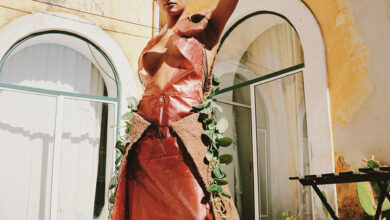Zoot reports
KIEV TRAVEL REPORT: PART I
City of Witches, City of Creed
Fall under the spell of this ancient capital of golden domes, bloom filled nights, supernatural history and cryptic architecture. Sofia Bak explores the unexplained in her native Kyiv.
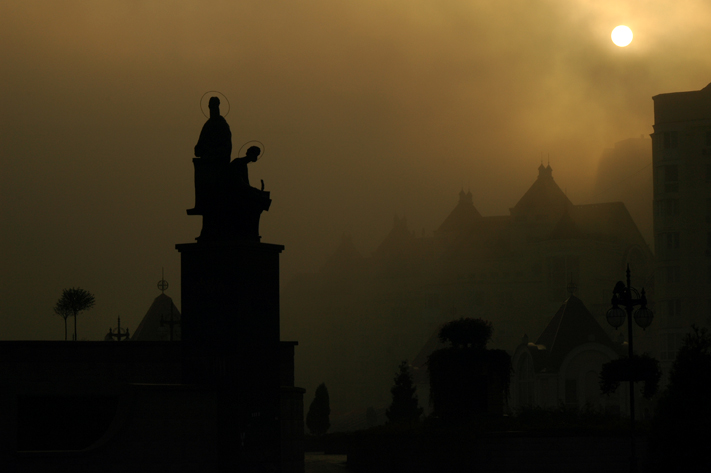
Once you have walked on its wonderfully calming streets and spoken to a few locals you’ll realise that in Kyiv, paranormal is just plain normal. To the locals it’s as natural and as credent as their faith. Before you know it you will start to look at every “babushka” (granny) and siren-like beauty and wonder if she’s a witch.
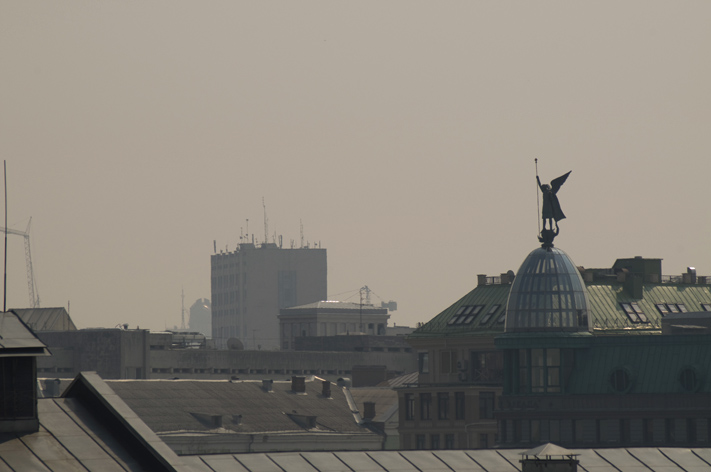
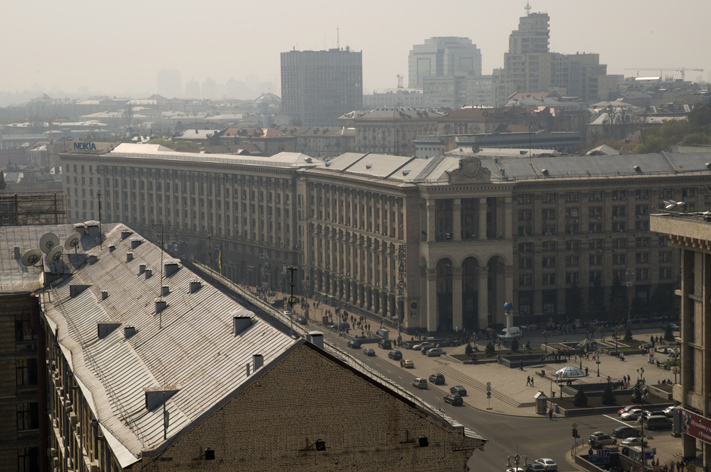
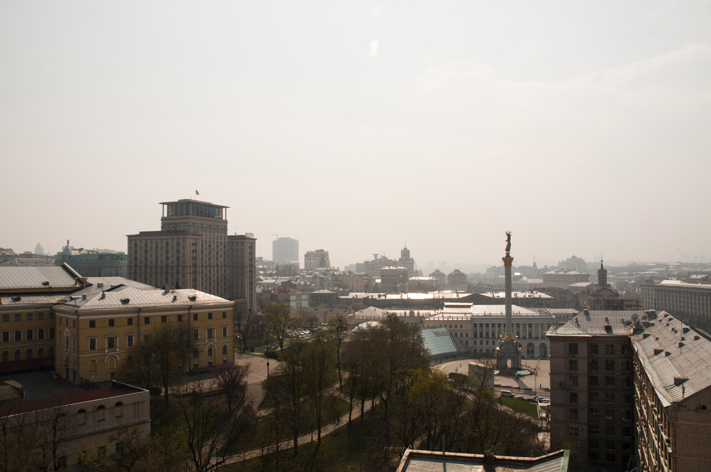
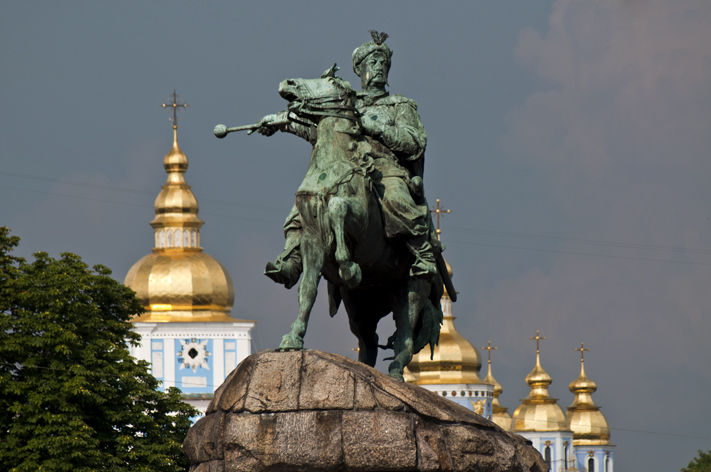
Kyiv is alive. You can’t rush around on schedule if you want to enjoy it, it will take you wherever it wants you to go like the rush of its river Dnipro. This is a place where your best bet is to take deep breaths and take lengthy strolls through its ancient streets sprinkled with atypical and symbolic architecture. Stumble upon old buildings, some adorned with angels and some with clearly hellish escapees. Enjoy its enchanting soft air filled with blossom of fruit trees and chestnut flowers and sit in one of Kyiv’s many summer terrace cafés enjoying a meditative middle-eastern water-pipe “kalyan” or anything else you might desire. Practically every eatery in Kyiv has a menu the size of a bible in order to please the overly-demanding post-USSR nouveau-riche. Thus, not surprising, that in a coffee shop you can find sushi, in an Italian restaurant you may come across traditional Ukrainian borscht and the best middle-eastern kalyan in the city is at Buddha Bar.
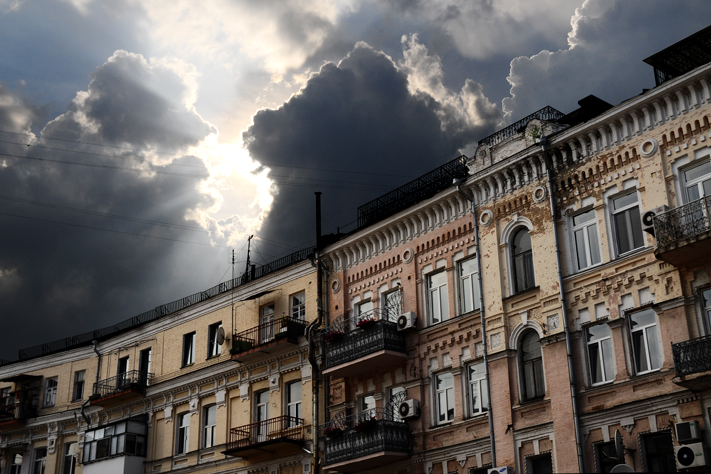
Don’t be surprised, talk of superstitions, divinations, grannies who lift curses is a norm. Here, if a woman is called a witch, no one assumes she actually isn’t. The city is one of the oldest European metropolises, it is 1,529-years-old and even the names of its streets have an air of the uncanny, with titles like Skull Mount, Devil’s Bridge, Snake Cave and Witches’ Mountain. Having said that, at the same time the Orthodox call this land “Second Jerusalem”. The whole city is absorbed in new age trends like uncommon religions, spiritual séances’, UFO chasing, ghost hunting and herbal healing, mostly at the same time as remaining devout to Christianity.
City of Witches is not just a title, it’s actually how Kyiv was described in the 18th Century. For many years they were directly associated with this town, in fact one of the synonyms for “witch” in the Russian dictionary is “from Kyiv”. This is said to be the reason why Kyiv is said to have so many churches, to offset the supernatural presence dominating the city.

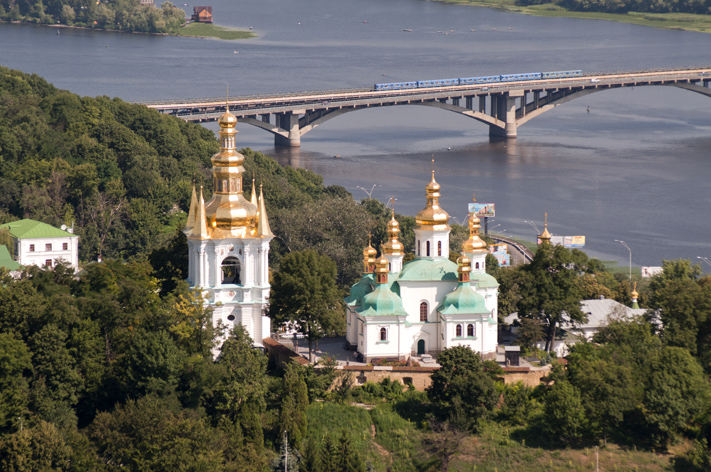

I always knew that the best place to start setting your curiosity free is Andriivskyi Uzviz. It is one of the oldest streets in Kyiv and is often referred to as Kyiv’s Montmartre. During the day locals and visitors wander through endless displays of art, antiques, souvenirs and street performers. It’s also home to museums, one of which is dedicated to the history of Andriivskyi Uzviz and another is the home/museum of a controversial writer Mikhail Bulgakov.

Bulgakov drew inspiration from Kyiv even for his most famous novel staged in Moscow “The Master and Margarita”. A story which, much like Kyiv, has a harmonious co-existence of the religious and supernatural. In the novel, the writer describes scenes with witches flying on their brooms, enormous frogs and a giant talking black cat dressed like a human, who caused all kinds of stir.
One particular part of the book describes a situation with a missing severed head, which although sounds like something he came up with, actually happened in Kyiv, where Bulgakov was born and raised. At the museum you can visit a charming vine-shaded café where they serve tea with home-made jam and relax in the courtyard watching the black cat hanging around the house as if he’s the same one from the book.
Bulgakov loved his town and wrote, “There is no city fairer than Kyiv in the entire world”. It is this beauty with its golden pear-shaped church domes that attracted the Turks, the Mongols, the Poles and the Lithuanians, all of which tried to take over the town or at least annihilate it and rob it of its treasures. Reminders of all of these invasions and occupations as well as historical mergers like one with Russia, back when Kyiv was the centre of Kievan Rus, are scattered all over the city and remain in Kyiv’s culture, architecture and art. However many other marks are so mysterious that we can only speculate about their origin. From time to time strange symbols on a building’s façade would be discovered and announced as Masonic signs. The Kyiv Mason organization claims to be more political then religious these days, but they still showcase their power by marking the city with their signature symbols.
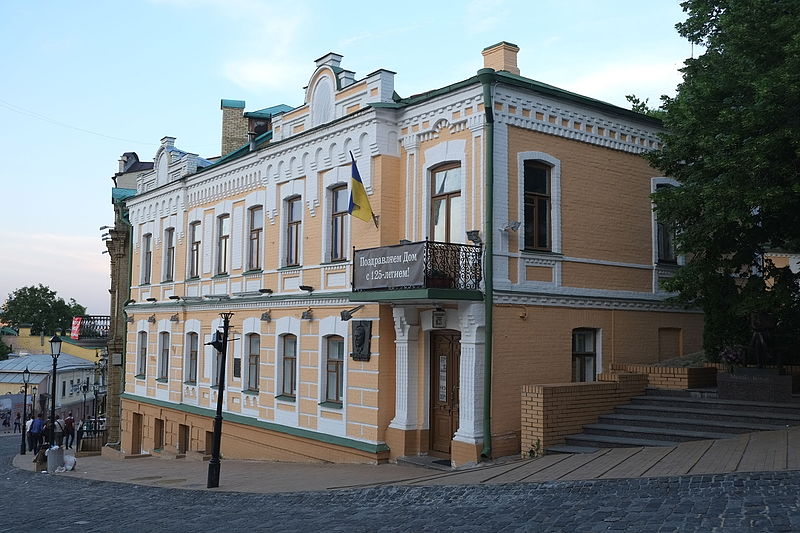
One of the major attractions of Andriivskyi Uzviz is Andriivska (Saint Andrew) Church. There is a legend that says that on the site where Dnipro river flows nowadays, used to be a sea. When Saint Andrew came to Kiev and placed a cross on the site where Andriivska Church now stands, the sea receded and only some water remained under the Andriivska Mountain. When the church was built, a spring appeared under the altar. That’s why Andriivska Church doesn’t have bells. The legend says that the sound of bells would awake sleeping water and Kyiv would be flooded.
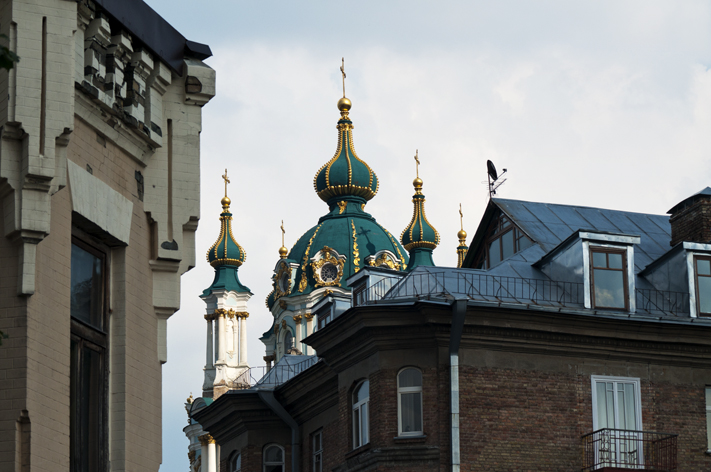
Andriivska is the perfect example of baroque architecture in Kyiv, captivating the onlooker with its magnificent vivid green and gold crown. This, one of the masterpieces of the 18th century, is said to be crumbling on its unstable hill, so much like Venice it’s only a matter of time before you won’t get a chance to marvel at its beauty and walk around the picturesque terrace in the footsteps of another famous Kyivan writer with a flare for wicked spirits and mermaids, Nikolay Gogol. He wrote: “Here in Kyiv all women sitting at the bazaar are witches”. Kyivans’ love Gogol and at the end of summer conduct a trendy festival called Gogolfest which celebrates the arts.
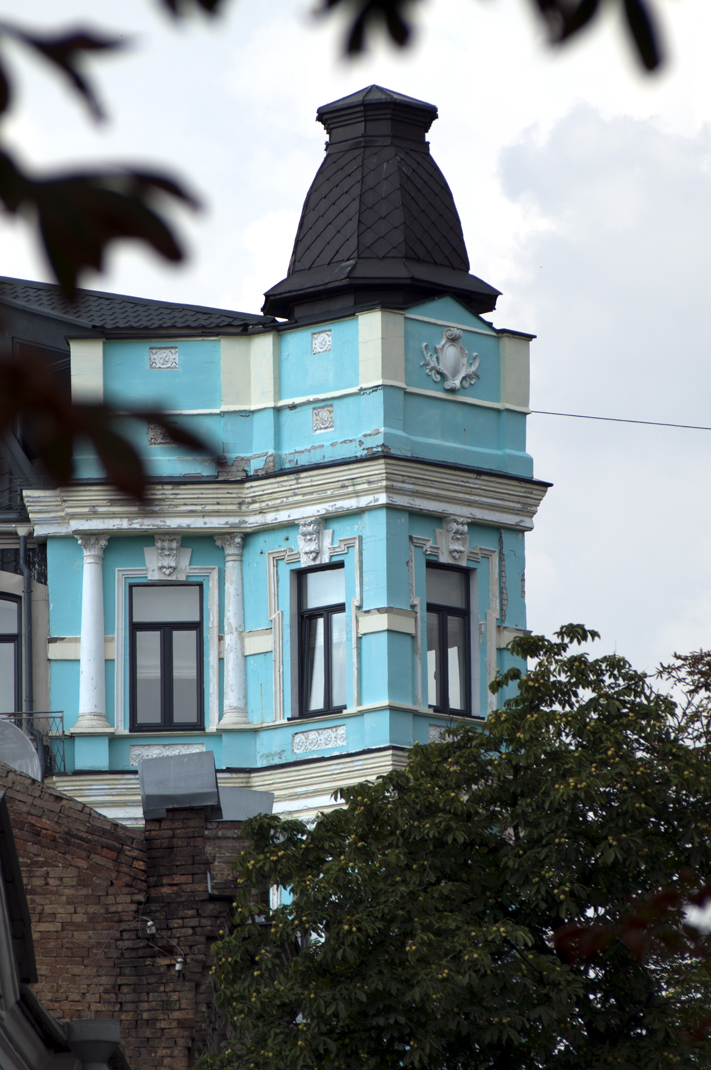

In the middle of Andriivskyi Uzviz there is a concrete staircase that leads up the hill where one of Kyiv’s “Bald Mountains” can be found. These hills got their whimsical names from the legend that spoke of witches flying off from the peeks of these mountains on their brooms. Apparently, they would take off so often, stomping over the plants, that they stopped all the vegetation, resulting in the mount resembling a man’s balding head. Kyiv has nine such hilltops, more than any other city in Europe. Considering the fact that Kyiv has an ideal climate to grow anything at all, the citizens find this eerie. 1st of May, 24th of June and 12th of July are the “no go” dates for the mountains, besides the legendary schedule of witches gathering there on Sabbath, Satanist cults also found themselves at these spots performing their rituals and that’s no fairytale.
On the way up the same hill grows a 1,000-year-old tree. Its years have provoked some speculation since Kyiv doesn’t have others of such maturity. The tree’s precise age and its location has been the subject of some controversial rendering.

Some say its so old because it grows in one of the four positive energy spots in Kyiv. However right next to the tree is an archaeological site where they’re trying to dig up the first orthodox church in Kyiv, which had to be rebuilt no less than three times. According to the legend, this church was built in a spot where a Christian father and son were sacrificed to the pagan statue of Perun. As a retaliation, Christians threw Perun in the river Dnipro and built their first house of worship in its place. But the church couldn’t withstand a Mongol invasion after which two other attempts to rebuilt it also failed. Kyivans’ think the reason the church wouldn’t stand is because it shouldn’t have been built in the place of such bloody site. 1000 years since the statue to the Pagan God “Perun” was banished by the Christians, you can see a new version resurrected on the Bald Mountain. As they say, “everything comes full circle”. Now that Paganism has made a comeback there are some who believe Ukrainians’ should return to our original religion. They come to the same spot to pray to the new statue, wear white, worship the sun and bring bread and water to their wooden idol adorned with hart’s antlers.
On the descent from the Bald Mountain through the forest, where no god fearing local will be found hanging around after dark, is an ancient cemetery with broken tombstones and fallen gothic crosses. This location is a favourite with the most sinister organization, the Satan worshippers. Back on Andriivskyi Uzviz if you continue down the hill you’re going to end up by Dnipro, where you can take an hour boat trip from the River Port (Richnyi Vokzal).
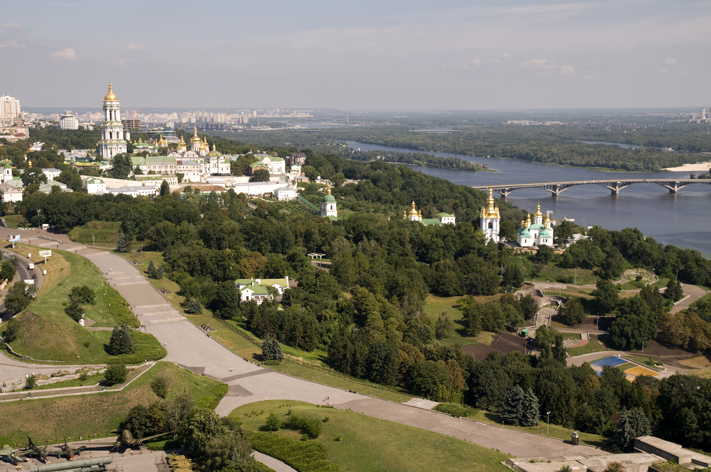
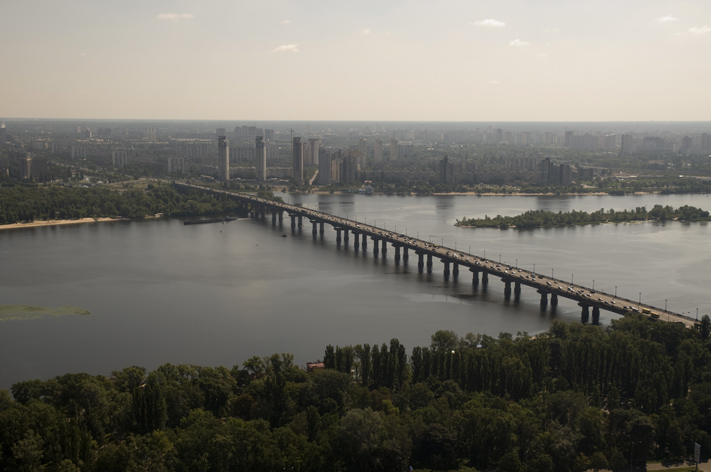
To Be Continued…
Text by Sofia Bak
Photos by Maksim Belousov






